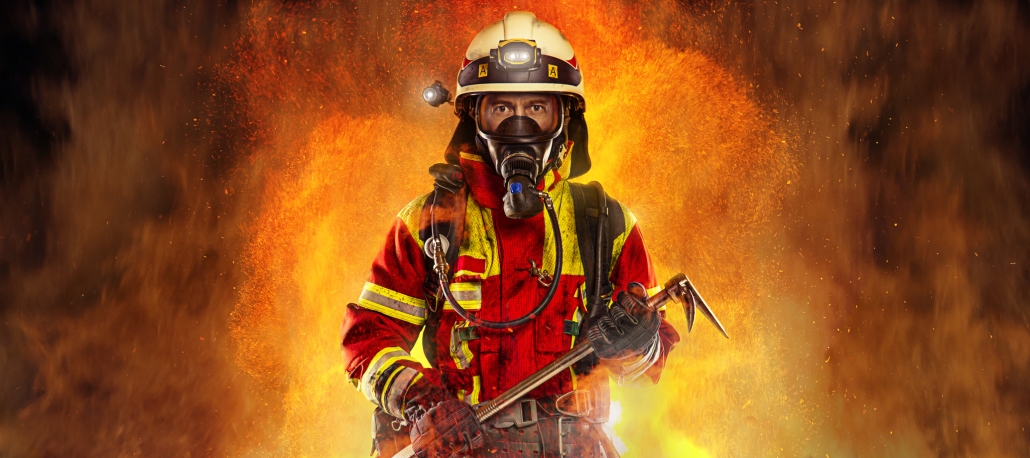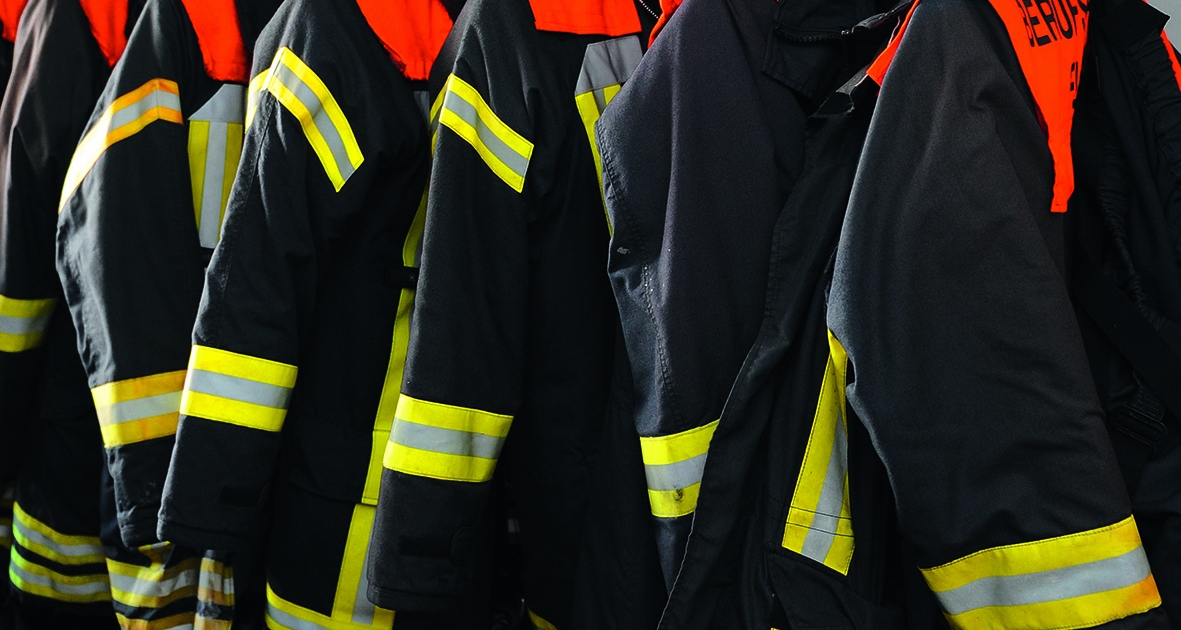Flame Retardants
Textiles and their flame behaviour
Pyrolysis is usually the first chemical reaction that occurs in the burning of many solid organic substances, like wood, paper and textiles. Pyrolysis of organic material produces low molecular decomposition products in gaseous, liquid and solid consistency. Moreover pyrolysis is accompanied by smoke. Flame retardants are chemicals used in textiles and coatings that inhibit or resist the spread of fire.
Textiles and their flame behaviour
Pyrolysis is usually the first chemical reaction that occurs in the burning of many solid organic substances, like wood, paper and textiles. Pyrolysis of organic material produces low molecular decomposition products in gaseous, liquid and solid consistency. Moreover pyrolysis is accompanied by smoke. Flame retardants are chemicals used in textiles and coatings that inhibit or resist the spread of fire.
Temperature zones in which pyrolysis occurs
The temperatures indicated represents the fiber temperature at which pyrolysis begins. Fibers decompose in a range between 150 – 400 °C. Flames, however, reach a temperature of about 800 °C, well above the pyrolysis temperature of all fibers. The Limiting Oxygen Index (LOI) gives a quick indication of the flammability of a fiber. In this index, the minimum oxygen concentration is specified, which is required to start burning of the fiber. The lower the LOI-value, the less oxygen is needed to start burning.
| Fibers | Temperatures in °C |
|---|---|
| Cotton | 250 – 270 |
| Wool | 150 – 200 |
| Polyester | 283 – 306 |
| Polyamide 6 and 6.6 | 310 – 380 |
| Triacetate | 250 – 310 |
| Polyacrylnitril | 250 – 280 |
| Polyvinylchloride | 150 – 300 |
| Polypropylene | 328 – 410 |




